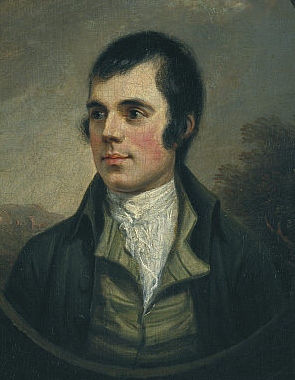In the Footsteps of the Bard: Scotland’s Burns Night 2026
On Sunday, 25 January 2026, Scotland will once again honour its national poet, Robert Burns, in a celebration steeped in tradition, music, storytelling, and Scottish warmth. For the discerning traveller, Burns Night offers an opportunity to experience heritage in its most refined form — and a private chauffeur service elevates the experience from memorable to unforgettable.
The Legacy & the Supper
Robert Burns, Scotland’s national bard, left an extraordinary cultural legacy. His most famous work, Auld Lang Syne, continues to unite voices around the world every New Year’s Eve. Central to Burns Night is the traditional Burns Supper, a ceremony featuring the Selkirk Grace, live piping, the theatrical “Address to a Haggis,” a hearty Scottish dinner, whisky toasts, and often a closing chorus of Auld Lang Syne.
What to Experience in 2026
Royal Yacht Britannia: Traditional Burns Supper
For an evening of exceptional elegance, the Burns Supper aboard the Royal Yacht Britannia offers a uniquely regal setting. Guests are welcomed by a piper before stepping onto the historic vessel for a five-course dinner in the State Dining Room, created by the original Royal Galleys staff using the finest Scottish produce. As the haggis is ceremonially addressed and whisky is poured for the traditional toast, live classical piano accompanies the evening, enhancing the refined ambience aboard this former royal residence. A private chauffeur provides a seamless, discreet arrival at Ocean Terminal, setting the tone for an unforgettable night.
National Museum of Scotland: Big Burns Ceilidh
One of Edinburgh’s most anticipated Burns Night gatherings is the Big Burns Ceilidh, held in the National Museum’s dramatic Grand Gallery. With live music, traditional dances, themed activities, and late-night gallery access, the event blends heritage with a vibrant, modern celebration. Arriving with a chauffeur ensures you begin the evening relaxed and ready to step straight onto the dance floor.
Mairi Campbell: Auld Lang Syne — Celtic Connections, Glasgow
On 26 January 2026, the acclaimed folk artist Mairi Campbell performs her evocative show Auld Lang Syne at Glasgow’s Tron Theatre. Blending music, personal storytelling, and Scottish tradition, the performance explores the emotional depth and history behind Burns’s most famous song. With chauffeur-driven travel, guests can enjoy a smooth, luxurious journey between Edinburgh and Glasgow, transforming the evening into a curated cultural experience.
The Dome: A Classic Edinburgh Celebration
An icon of Edinburgh’s Georgian elegance, The Dome offers an indulgent Burns Night complete with a red-carpet welcome, live piping, a gourmet supper with premium whisky pairings, and a lively ceilidh in one of the city’s most glamorous venues.







